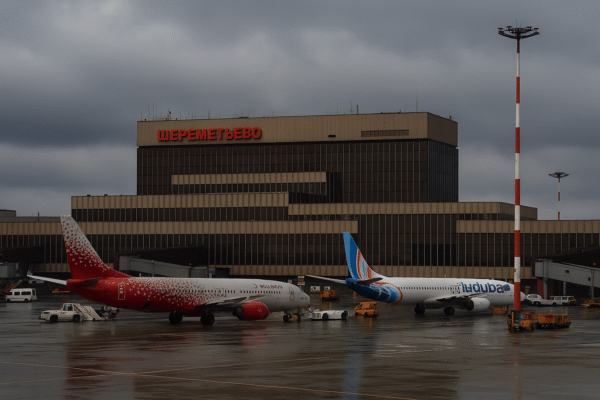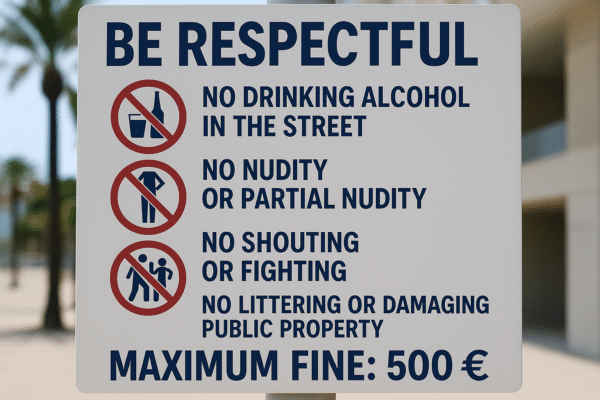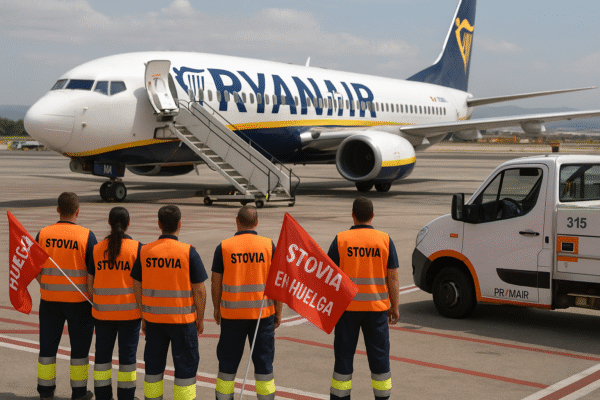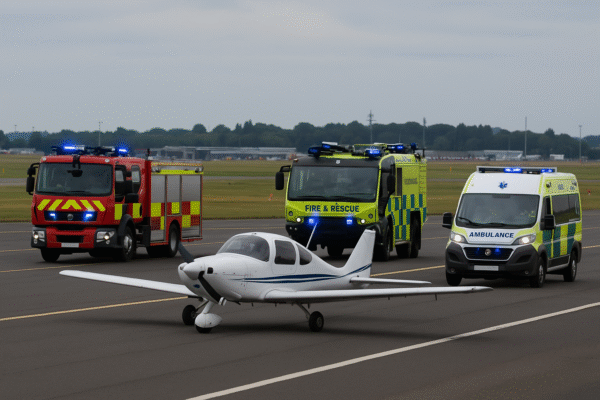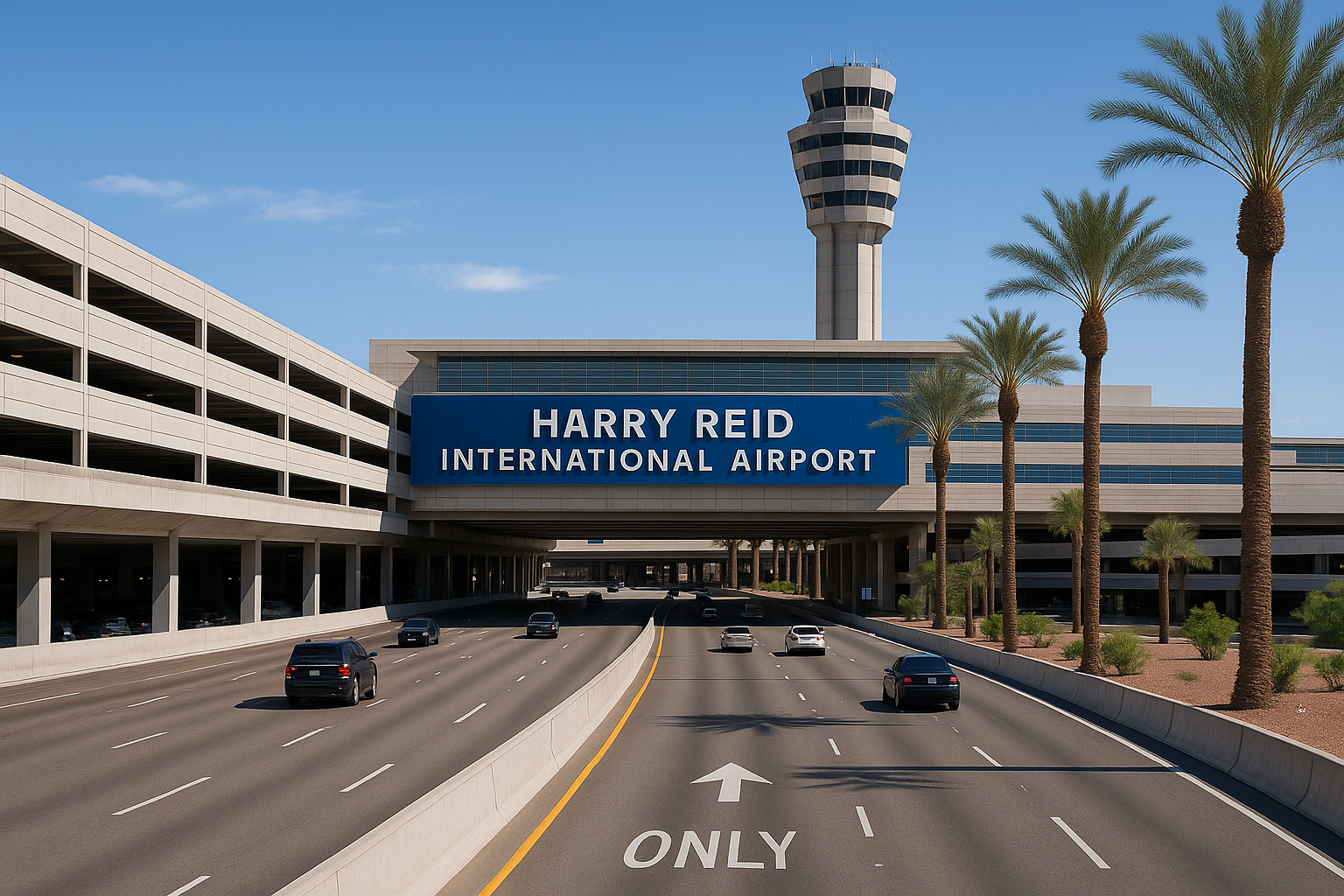With summer travel peaking and Las Vegas temperatures set to soar well beyond 100°F (38°C), Harry Reid International Airport (LAS) is stepping up to meet the challenge. The airport—one of the busiest gateways to the United States—has rolled out a comprehensive summer readiness plan to ensure smooth flight operations and enhance comfort for the millions of travelers passing through its terminals during the scorching season.
As southern Nevada’s desert climate pushes heat extremes each year, the rising mercury poses real logistical challenges to aviation. From aircraft lift limitations to increased energy demand inside terminals, high heat levels can disrupt operations. But Harry Reid International Airport is not leaving anything to chance.
Keeping Planes Airborne in Desert Heat
A primary concern in extreme weather is reduced air density, which occurs as temperatures climb. Thinner air means aircraft require longer distances to achieve lift during takeoff—sometimes prompting delays or changes in payload limits. To mitigate this, LAS works closely with the Federal Aviation Administration (FAA) and airline partners to make real-time flight schedule adjustments and runway use changes as necessary.
Moreover, departures can be rerouted to the east, avoiding the mountainous terrain west of the airport. This strategic shift not only enhances aircraft climb performance but also reduces fuel usage and risk, helping maintain efficiency despite the weather.
Infrastructure Built for the Heat
LAS has long prepared for the desert heat through smart infrastructure design. All runways are built with heat-resistant concrete, a material that holds up better than traditional asphalt under triple-digit temperatures. Notably, LAS boasts the third-longest commercial runway in the U.S., giving planes ample space for takeoff—even when atmospheric conditions are less than ideal.
The airport’s proactive planning ensures that even during midday heatwaves, flight safety is never compromised. These strategic investments have cemented Harry Reid International’s reputation as a reliable hub, even in the face of climate extremes.
Cooling Comfort Inside the Terminals
Travelers escaping the outdoor heat can expect premium comfort inside. The airport has installed miles of chilled water piping running throughout its terminals to power a sophisticated air cooling system. This not only maintains a comfortable ambient temperature but also reduces energy usage by minimizing reliance on traditional HVAC units.
Further aiding climate control are large high-volume fans, strategically positioned in high-traffic terminal areas to boost air circulation and prevent heat pockets. Teams of on-site HVAC technicians monitor interior conditions 24/7 from centralized stations, ready to respond to any fluctuation that could compromise passenger comfort.
Boarding Comfort Redefined
One of the most innovative solutions implemented by the airport lies in its boarding bridges—the connecting corridors between terminal gates and aircraft. These have been treated with reflective coatings to minimize solar heat absorption. The result: significantly cooler boarding conditions for passengers transitioning from gate to aircraft.
To further improve the boarding experience, new air conditioning units have been installed within many boarding bridges and directly inside aircraft cabins parked at gates. This ensures that passengers are welcomed into cool, refreshing air rather than stifling desert heat—an especially critical feature for elderly travelers, families with children, and those arriving from cooler climates.
Smart Travel Tips for Summer Flyers
While the airport’s preparations are extensive, travelers are also encouraged to take personal precautions to beat the heat. Visitors flying through LAS during summer should:
- Stay hydrated with water available at refill stations.
- Wear lightweight, breathable clothing.
- Use sun protection if walking outside terminals.
- Allow extra time for check-in and security screening, especially during weekends and holidays.
With an expected increase in international arrivals from regions such as Europe, the Middle East, and Asia, these simple steps can significantly improve the travel experience—especially when paired with the airport’s top-tier climate resilience strategy.
Setting an Example for Desert Airports Worldwide
The challenges Harry Reid International faces are not unique—other airports in arid regions such as Phoenix, Dubai, and Doha also grapple with the reality of rising temperatures and strained infrastructure. However, LAS’s comprehensive approach—from infrastructure upgrades to real-time flight coordination and passenger-first terminal cooling systems—is increasingly being viewed as a model for other airports facing similar seasonal challenges.
According to the Clark County Department of Aviation, which oversees the airport, these efforts reflect a long-term commitment to making Las Vegas not just a top destination, but also a leader in climate-resilient aviation.
Conclusion: Flying High Even Under Pressure
As global travel rebounds and temperatures continue to climb, Harry Reid International Airport is proving that world-class comfort and safety can go hand-in-hand—even in the heart of the Mojave Desert. From the runways to the terminals, every inch of the facility has been optimized to withstand the heat while keeping passengers safe and satisfied.
Whether you’re a first-time visitor to Las Vegas or a returning international traveler, this summer you can expect a cooler, smoother journey through one of America’s most climate-resilient travel hubs.
For more travel news like this, keep reading Global Travel Wire





